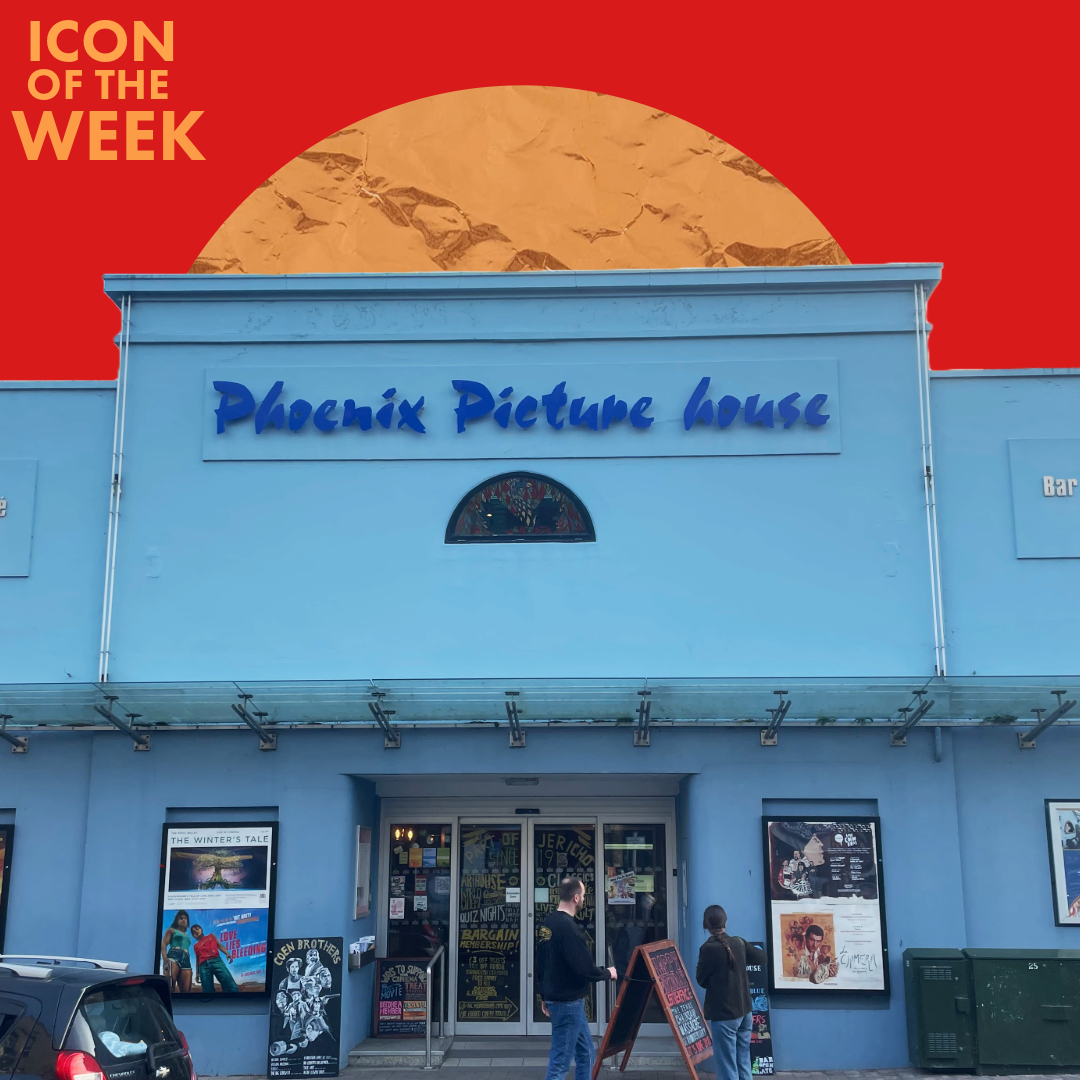
Icon of the Week: The Phoenix Picturehouse

During my first month at Oxford, I was in a relative, consistent state of terror as I tried to carve out friendships, figure out my degree, and figure out where and how I’d socialize. I, like every other first year, had arrived in a completely unfamiliar place with little knowledge about how to navigate the culture or people. As I walked through Jericho trying to find somewhere to grab lunch with my parents before they left me, I spotted a small Picturehouse across the road on Walton Street. Back in my hometown, Brighton, we have two great Picturehouses, which I often frequent with friends and family. In that moment, it strangely made me feel like this new city was more my own. Like someone had taken a crane and lifted a piece of Brighton and placed it in this unknown place which would become my home for the next three years. And so, once I had found friends and we had got into the groove of Oxford, I suggested we take a trip to this cinema. The main film playing on that day was Mark Mylod’s, The Menu. I remember leaving the theatre thinking ‘I’ll probably never think about that movie again’. Yet, here I am, almost two years on, writing and reminiscing about that evening. The Phoenix provided a ground for my friends to socialize outside of the nightly pub trips or (dreaded) Park End visits. In the first term, it served as an unexpected haven, and is still today, one of my favorite spots in Oxford. So, when I was ushered into ‘Screen 2’ one Friday morning a couple weeks ago to interview the manager, Sarah, I felt somewhat nostalgic.
“They showed dodgy films here, at one point it was a gentleman’s club” Sarah explained. I was strangely shocked at this revelation – a gentleman’s club seems far away from the Jericho I know, and especially from the demographic that attends the Phoenix now. Unlike many of the other cinemas across the UK, the Phoenix is unique for its rich history. It first opened in 1913 under the name, La Scala, and it remained one of the most influential art house cinemas well into the twentieth century. It has gone through many name changes but, when it became the Phoenix Picturehouse in 1989, it was the first Picturehouse in the entire UK. I think you can still feel its history from the small stain glass window at the top of the building, to the shape itself. As it turns out, the Phoenix was purpose built. Unlike many of the bigger cinema chains which turn empty lots into soulless cinemas, you can feel the intention from the moment you step into the building. Knowing that people have been coming to these screens for over 100 years, and that it has remained a focal point in the community, lasting through changing demographics, pandemics, and wars, certainly adds to the magic.
Despite the fact Picturehouse was bought by Cineworld in 2012, Sarah tells me “It hasn’t really changed. It was much more independent then, but people still think we are independent,” Sarah doesn’t shy away from the realities, admitting, “obviously now there’s a lot more emphasis on, you know, what you’re selling at concession stands.’’ Although, she remains confident that, “our films have remained or tried to remain the same. We do a lot of foreign language movies, and live streams, and things like that.’’ I would agree that unless you googled the history or really enquired, a huge part of my love for the Phoenix is that it still feels very disconnected from a chain format. Sarah says this is in part thanks to the “marketing manager who’s fantastic… Sometimes the front of house will be decorated in a particular way.’’ I agree, parting an unnuanced observation about how ‘’cool the windows are.” Sarah seconds this saying, “they are really grabby, and she does all the boards. And around the building. You’ll see pictures that she would’ve done.’’
The Phoenix is particularly skilled at marketing themselves to the local community who Sarah points out are a “very loyal client base.” She acknowledges the role in accessibility played by the Phoenix as they can, “show exhibitions on screen with all the various artists at museums.’’ The best example of this was ‘’with [Joahannes] Vermeer… that was billed as the great exhibition and you couldn’t get a ticket to see the actual exhibition because it was sold out, sold out, sold out. And, of course, if you go to the gallery, you’re walking in a huge crowd, you don’t really get a chance to see the pictures. But whereas with an exhibition on screen, you get much more of a chance to see it… and that’s the same with theatre.’’ In a time when theatre tickets prices continue to rise beyond £100, taking a trip to London simply is not realistic for most people. Phoenix provides an easy, more affordable option for the community to immerse themselves in culture from across the country.
Despite all these initiatives and the Phoenix’s real impact on the community, I wondered if the cinema had felt pressure in recent years. Anyone who has any news apps will be well aware of frequent updates detailing ‘the death of cinema in a post-covid, streaming platform’ world. However, Sarah considers “weirdly, I don’t think streaming platforms have changed anything very much. Whether or not they will in future, I don’t know. I feel like there’s always so many articles doing the doom and gloom.’’ However, she asserts ‘’there’s such a thing about going to the cinema which you can’t replicate at home.’’ And when it comes to the Phoenix, she’s right. The small screen rooms with big velvet red seats provide an intimate and inviting atmosphere. Eating popcorn from a dish that doubles as the family sick bowl is definitely a novel experience, but nothing can replace that child-like feeling of sneaking sweets into the theatre, bags rustling under your coat as you shuffle into the screening room. I’d like to remain optimistic about the future of the Phoenix, just as Sarah is. Especially, knowing that it played a subtle but important role in helping me settle in here, and continues to act as a pivotal part of the community – bridging together people of all ages and identities.∎
Words by Violet Aitchison. Graphic courtesy of Natalie Hytiroglou.







